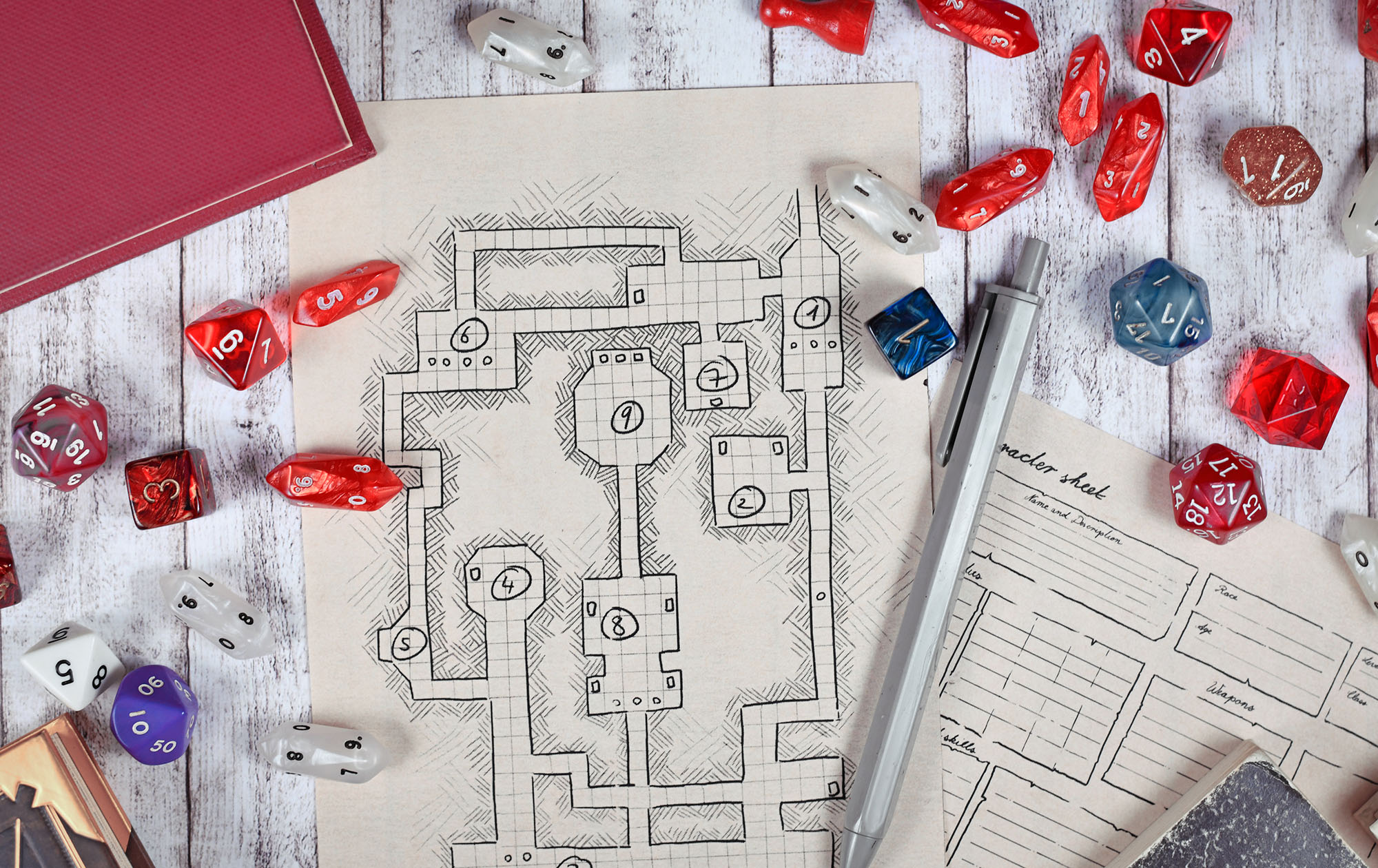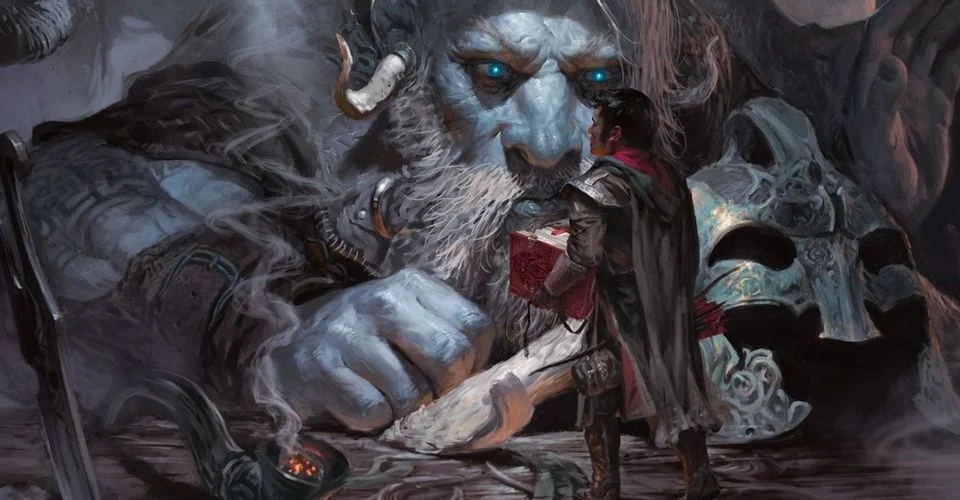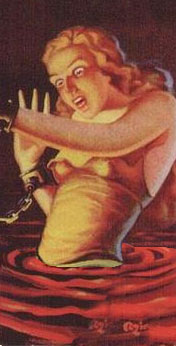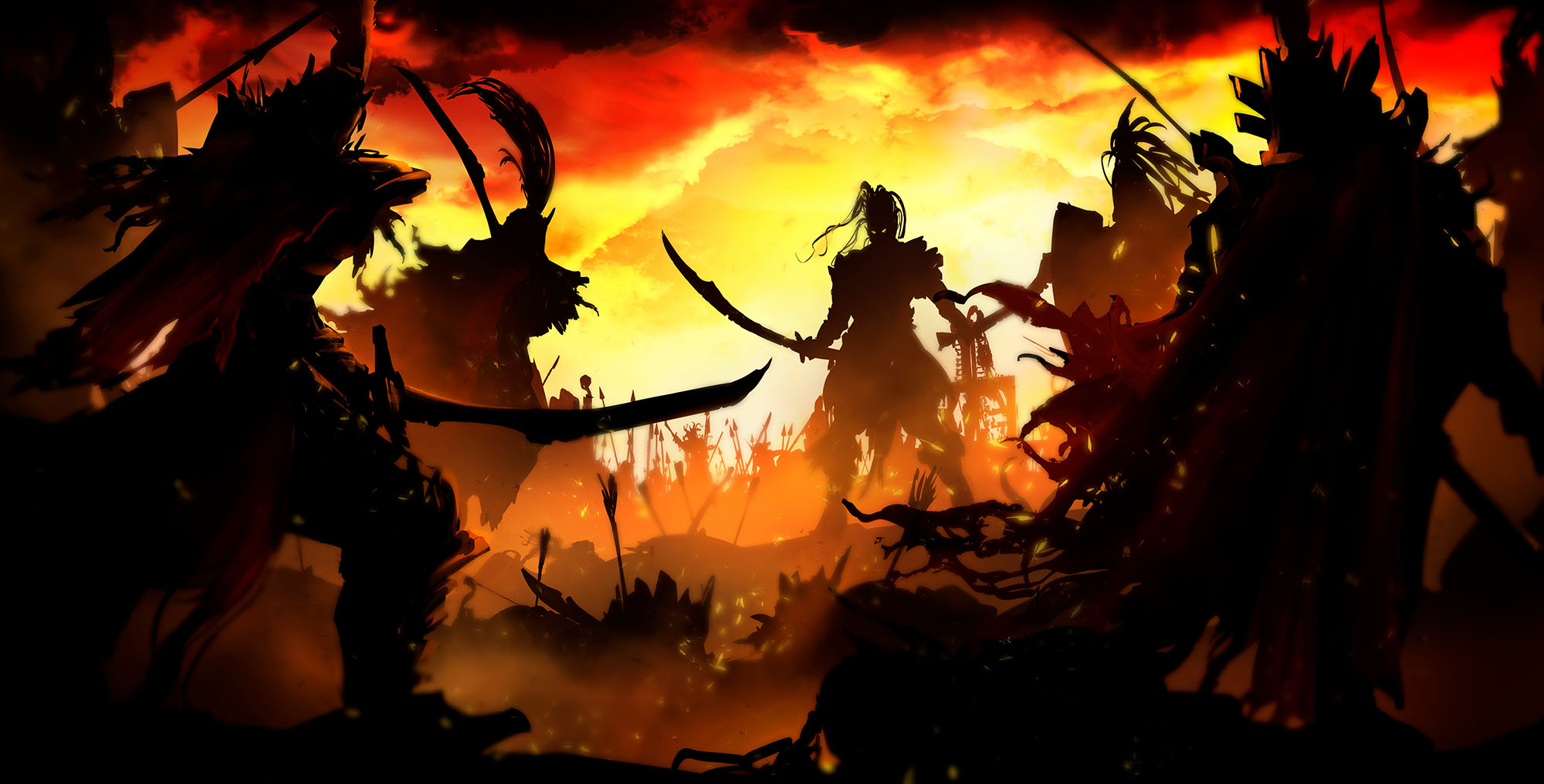
A point of frequent confusion, in my experience, is the distinction between the organization/structure of a CAMPAIGN and the organization/structure of a SCENARIO. Terminology is often used interchangeably between the two, partly because there is not, broadly speaking, a critical apparatus for this that is widely agreed upon, but also because people will often think of a campaign as just being sort of a “big adventure.”
This is, generally speaking, not an accurate or useful way of thinking about a campaign. Even a big campaign with a strong, unified concept is still ultimately made up of individual scenarios. Descent Into Avernus, for example, is a single “big adventure,” but it is clearly composed of specific scenarios (starting with a murder mystery which leads to a dungeon crawl).
So we can talk about scenario structures, but we can also talk about campaign structures. And it would probably be useful to clearly distinguish the two.
We could start by looking at how scenarios are organized within the campaign:
One-Shot. Structurally this is a campaign which, from a certain point of view, isn’t a campaign. It’s a “campaign” that consists of a single scenario. The name can be misleading, as a single scenario might take several sessions to resolve. But whether you play through, for example, The Sunless Citadel in one eight-hour session or four two-hour sessions, it’s structurally a one-shot.
Episodic. In an episodic campaign, the players are presented with a single scenario. When they complete that scenario, they are presented with the next scenario. And so forth. For example, the PCs explore the Sunless Citadel, then they explore the Forge of Fury, then they solve the Anyoc murders, and so forth.
Multi-Threaded. A multi-threaded campaign is similar to an episodic campaign, but there will be multiple scenarios in play at the same time (and being resolved in parallel). For example, while the PCs are still exploring the local dungeon, they return to town and get involved in a murder mystery.
Sandbox. A sandbox campaign is one in which the players choose or define what the scenarios will be. For example, this might be a hexcrawl where a town is surrounded by multiple dungeons and they choose which one to explore. Or it might be the Dracula Dossier, where the players are confronted with a vampiric conspiracy and are completely responsible for what targets they’re going to choose and what ops they’ll create to deal with it.
Hypothetically you can look at the output of a sandbox campaign and it will look the “same” as an episodic or multi-threaded campaign. (In other words, it will consist of the players either engaging with one scenario after another sequentially or engaging with multiple scenarios simultaneously.) But what you prep for a sandbox campaign is fundamentally different; how you run the sandbox is different; and, as a result, the player experience is different.
The other thing to look at here is how the campaign is prepped. Without diving into specific prep techniques, this can be broadly delineated as a spectrum between holistic prep and just-in-time prep.
Holistic prep is when you prep an entire campaign ahead of time.
Just-in-time prep is when you only prep a scenario as you’re beginning that scenario.
For example, with just-in-time campaign prep you might have a sandbox with six dungeons around a town, but if the PCs don’t go to a particular dungeon it will never get mapped or keyed. Most published campaigns, on the other hand, are examples of extremely holistic prep by necessity.
Note: This should not be confused with the concepts of low prep or zero prep. Low prep is a philosophy about what you prep and how much you prep. Zero prep, which is sometimes also used as a synonym for low prep, is about specific game structures that are used to procedurally generate content from some form of setting seed — Technoir and Blades in the Dark are prominent examples. Low prep/zero prep techniques are probably likely to appeal to GMs who also find just-in-time campaign prep appealing, but they’re distinct things. You can, for example, holistically plan an entire campaign using low prep techniques before the campaign ever begins.
FINAL THOUGHTS
As I noted at the beginning, this is a very broad conceptual breakdown of campaign structures. It’s not remotely comprehensive. Within any one of these categories there are A LOT of possible techniques, including undoubtedly many which have not even been invented yet. For example, take a peek at:
- Dracula Dossier
- Hot Springs Island
- Duskvol from Blades in the Dark
Each is an example of fairly holistic prep for a sandbox campaign, but their structures and approach to prep are fundamentally different. And these differences, of course, also affect how the material is used in actual play, which, in turn, require distinct GMing techniques to be most effective.
It might also be interesting to consider how these structures influence the underlying concepts and content of a campaign. The Dragon Heist Remix, for example, takes an episodic campaign and, using essentially the same underlying scenario material, reorganizes it into a multi-threaded campaign with light sandbox elements.
The combination of prep structure and prep timing also reveal one final campaign structure not discussed above: The holistic, branching episodic campaign.
The simplest example of this is an episodic scenario at the end of which the players have a choice between two mutually exclusive scenarios: They can choose to do either Scenario A or Scenario B as the next episode. For example, if the supervillain AC/DC escapes, then the next scenario is chasing her down. If AC/DC is captured, then the next scenario is preventing AC/DC’s superhero boyfriend and his thugs from breaking her out of jail.
(You can’t really have a just-in-time branching campaign because you know the outcome of a scenario before you prep the next one. AC/DC escaping/not-escaping will absolutely affect the future scenarios you design in such a campaign, but you’re never going to prep both branches, because there’s never a point in such a campaign where both branches actually “exist” simultaneously, if that makes sense.)
What you have here is the classic Choose Your Own Adventure prep. And it is almost always a terrible idea. You’re basically choosing to deliberately spend a bunch of time prepping stuff that you know will never actually be used.
If you’re prepping your own campaign and you reach a point in your prep where you can’t see past a particular choice or outcome, that’s probably a good indication that you should stop prepping and start playing to find out. (Once you’ve found out, you can continue your prep.) It can be slightly more justifiable in a published campaign (even if half of the groups don’t use Branch X, there will be other groups who do). But in either case, you’d almost certainly be better off using node-based design or some similar technique to avoid the problem to begin with.
To put this another way, branching episodic prep is the result of trying to incorporate player choice into a structure that isn’t designed for player choice. When that happens, you will probably almost always want to switch to a more appropriate structure.
Which leads me to one final thought, which is that the structure of a campaign can also change over time. For example, you might launch a campaign with a short series of episodic scenarios designed to set up a premise for a sandbox campaign. Or the PCs might make the choice in a sandbox campaign to pursue a large goal that naturally shifts the campaign into an episodic structure.
None of the structures described here are one-true-ways. They are tools to be used. And which tool is most appropriate will depend on the task at hand.















